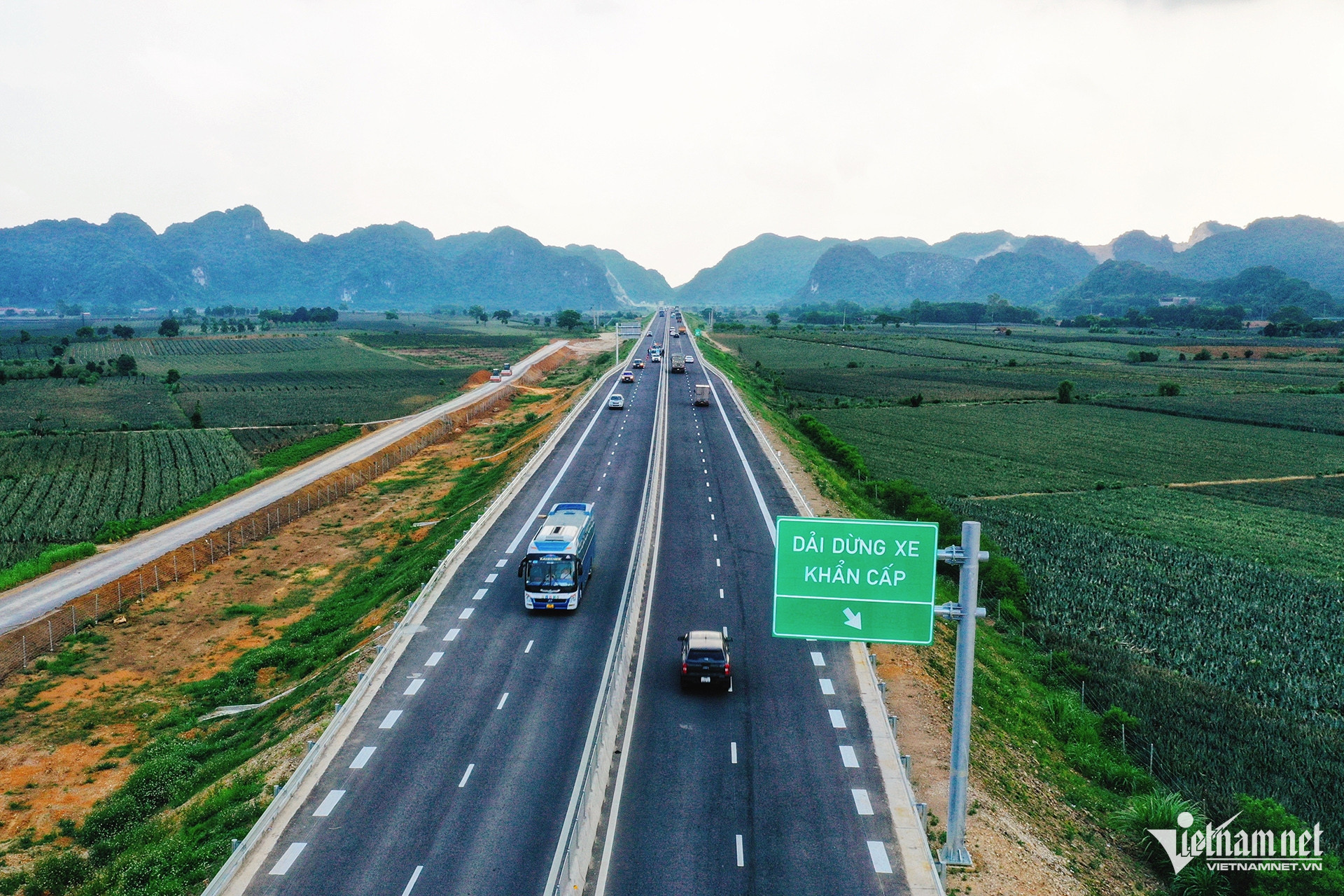
In a recent report to the Prime Minister, the Ministry outlined plans to expand the North-South Expressway (Eastern section) as part of the 2017-2020 and 2021-2025 development phases. The proposed expansion aims to complete the expressway to its full design specifications.
The North-South Expressway (Eastern section) stretches 2,063 kilometers from the Huu Nghi border gate in Lang Son province to Ca Mau at the southern tip of Vietnam. It comprises 39 segments, many of which were initially constructed with limited investment phases.
During the previous investment phase, roadbeds were primarily constructed on one side of the planned centerline, with two embankments. The proposed expansion will widen the roadbed to the opposite side to complete the planned infrastructure.
The Ministry recommends expanding to six lanes rather than the originally planned four, as the six-lane option offers more advantages. The project would prioritize the segment between Hanoi and Ho Chi Minh City, spanning approximately 1,144 kilometers, with an estimated investment of $6.4 billion.
Five key reasons for the expansion
The Ministry cited five primary reasons for the proposed expansion of the North-South Expressway (Eastern section).
First, the expansion aligns with the government’s strategic plan to complete expressway projects in phases. Prime Ministerial directives have been issued to ensure these projects meet expressway standards.
Second, the expansion addresses the growing transportation demands associated with GDP growth, expected to exceed 10% annually.
Third, upgrading the expressway will enhance traffic safety and operational efficiency. Some partially completed segments, with four narrow lanes and a 17-meter roadbed lacking continuous emergency stopping lanes, have exposed significant safety issues.
Fourth, the upgrade will ensure compliance with national expressway standards. On November 15, 2024, new regulations mandated that expressways must have at least four continuous lanes and dedicated emergency stopping lanes. The current North-South Expressway (Eastern section), a vital north-south corridor, lacks continuous emergency stopping lanes.
Finally, the expansion supports the government’s economic growth objectives of achieving an 8% GDP growth rate in 2025 and double-digit growth from 2026 to 2030. By boosting public investment, the project is expected to stimulate economic development and support the nation's growth targets.
N. Huyen